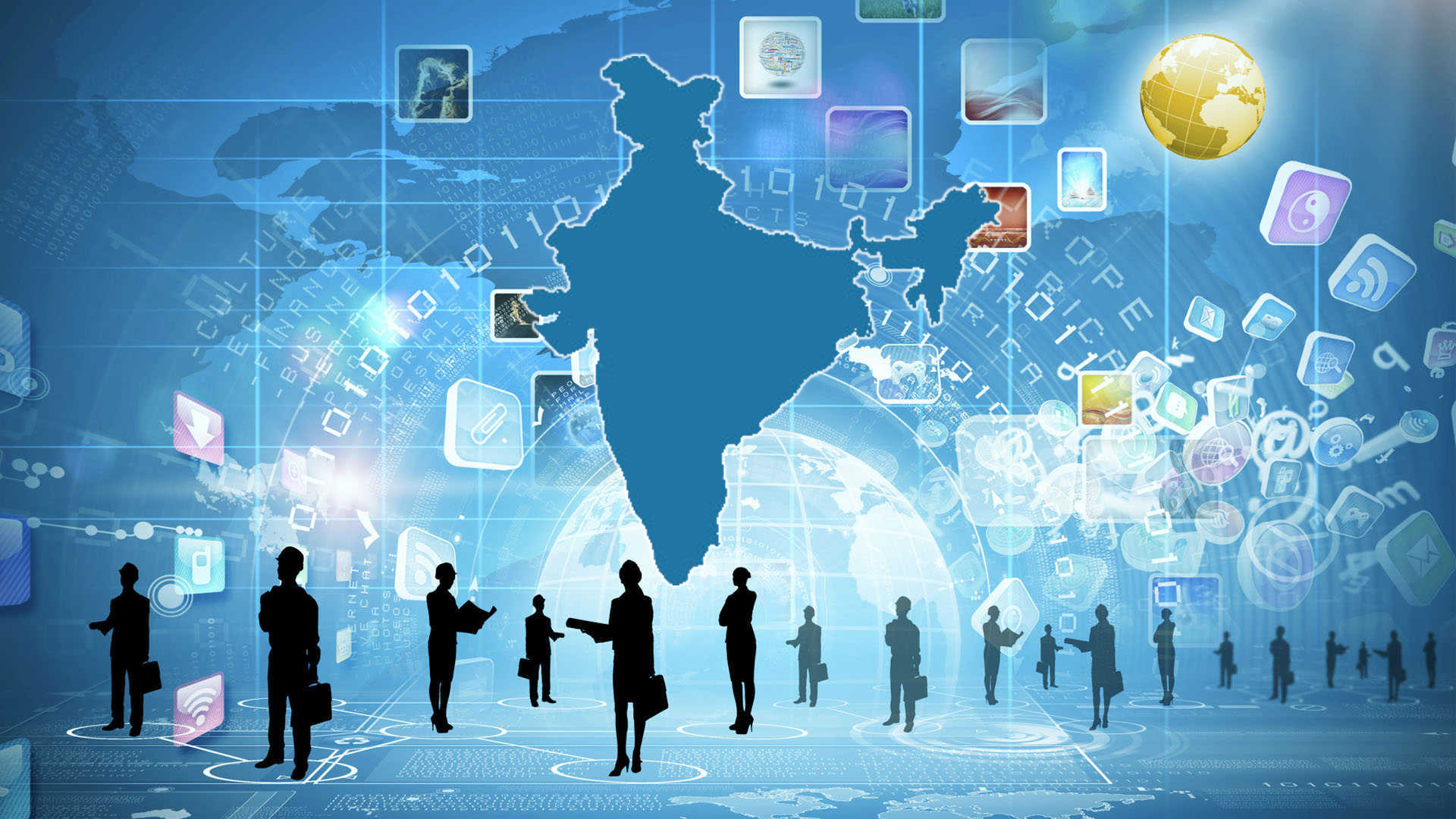The ability of e-commerce to boost economic growth by giving companies more power, creating employment, making customers’ lives easier, and stimulating technical innovation, it is unequivocally essential to the success of Digital India. India’s rise in GDP has been significantly aided by e-commerce. It helps companies of all kinds, especially small and medium enterprises (SMEs), reach a larger client base both locally and globally by offering a platform for online commerce and transactions.
Additionally, the growth of e-commerce has produced a variety of work opportunities. It creates jobs in a variety of industries, including digital marketing, website development, customer care, and more, in addition to industries like transportation, storage, and delivery services. A thriving entrepreneurial culture has emerged as a result of the e-commerce environment. Due to how simple it is to launch an internet business, numerous startups and independent vendors have entered the market, stimulating innovation and creativity.
It has transformed how people purchase by making it convenient and accessible for them. The COVID-19 epidemic has made it more crucial than ever for consumers to be able to explore and buy items from the comfort of their homes.
The inhabitants of the fifth-largest economy in the world—which, according to the International Monetary Fund, should be the third-largest in five years—have found the ideal launching pad in e-commerce. It is encouraging that India’s small towns and cities are leading the way in implementing this paradigm change. The online seller base has grown by almost 35% year over year, with roughly 40% of new merchants hailing from tier 2 and lower locations, according to Bain-Flipkart research.
Consumers in Tier 2 to Tier 4 cities outperform their tier 1 counterparts when it comes to online purchasing, according to IIM-A’s “Digital Retail Platforms and Consumer Emotions: An Indian Perspective” research. Consumers visit e-commerce sites as frequently as every two to three days, showing just how pervasive e-retail is in Indian culture.
It is significant to notice how e-commerce has given women fresh options to launch their own enterprises, enabling them to work for themselves and achieve financial independence.
A significant social equaliser is also being released by this silent revolution. As more women and members of other underrepresented groups enter the workforce, whether as executives or in industries like security, sorting, and packing, they are able to make increasingly significant financial contributions to their families. They are gaining respect from their families and society as a result, which not only boosts their self-esteem but also enables them to participate more actively in decisions affecting their children’s upbringing and education.
It creates jobs in a variety of industries, including digital marketing, website development, customer care, and more, in addition to industries like transportation, storage, and delivery services. As more youngsters find employment near their homes, this is also expected to lessen migration-related problems and ease demand on urban infrastructure while urging the authorities. Numerous career possibilities have arisen as a result of the growth of e-commerce.
In addition, e-commerce gives companies the chance to reach a wider audience outside of their physical presence. They may serve clients from all throughout India and even the world, transcending geographical boundaries. It has sparked progress in machine learning, artificial intelligence, supply chain management, and logistics. These innovations have applications not just in the eCommerce sector but also in many other sectors. The construction of warehouses and sortation centres, many of which are in remote locations, has boosted local economies, opened up new opportunities for local transportation services, food suppliers, and packers and movers, and consequently raised the value of both residential and commercial real estate in those regions. The indigenous expertise has been trained in contemporary supply chains and incorporated into its thriving retail ecosystems.
E-commerce platforms have also been instrumental in bringing onboard micro, small, and medium-sized businesses, kiranas, one-person shops, and other small business entities and connecting them to the virtually limitless opportunities of e-commerce through mentoring, training, and providing them with the necessary technology to enhance their internal operations, manufacturing, and services. All of this has started a positive feedback loop where different market forces feed off of one another, creating a strong and quickly expanding e-commerce ecosystem.
The operators’ emphasis on problem-solving and resolving consumers’ pain points has been a crucial factor in the expansion of e-commerce in India. This has included providing a large range of items and facilitating their simple discovery on the platform, speedy delivery, online payments, hassle-free returns, etc. On each of those criteria, a customer today will unquestionably have a favourable and enjoyable experience. All platforms have successfully met the need for interfaces in many regional languages that has arisen as e-commerce has expanded. Because individuals prefer to converse in their own language or a language they are most familiar with, this has helped them build and maintain trust with people from different states, small towns and villages, and the hinterland. The Indian e-retail sector has risen to the top of the league as a result of such efforts, which were developed out of research into customer behaviour, buying habits, and feedback. According to a Bain-Flipkart study, in one to two years, India will have the second-largest global consumer base.
According to the Morgan Stanley analysis, the Indian retail business would have an additional $1.1 trillion in potential in 10 years, and the penetration of e-commerce will almost double to 12.3% from 6.5% by 2031. The paper notes that although major horizontal e-commerce platforms, whose transition was facilitated by COVID, have attracted over 1 million sellers to their platforms, the penetration of small, medium, and micro enterprises that have switched to digital commerce is still only 1.6%. The breadth is still quite broad. The Bain-Flipkart analysis predicts that by 2027, the Indian e-retail sector will reach $150 billion to $170 billion. This suggests a growth rate of 25% to 30% annually and a doubling of market penetration to 9% to 10% over the following five years. The e-commerce behemoth is increasingly directly affecting people’s lives as it continues to grow. According to Morgan Stanley, the digital revolution is expected to impact how India loans, spends, and insures, in addition to the ways it already manages paperwork, invests, and makes payments.
In conclusion, e-commerce has been a key factor in India’s digital transformation, helping to progress technology while also fostering economic growth and the creation of new jobs. India has the ability to keep growing in the digital era by adopting and expanding e-commerce. Though India is now going through a rough time, maintaining our course will be essential if we want to give society and the economy a dependable and sustainable industry.








